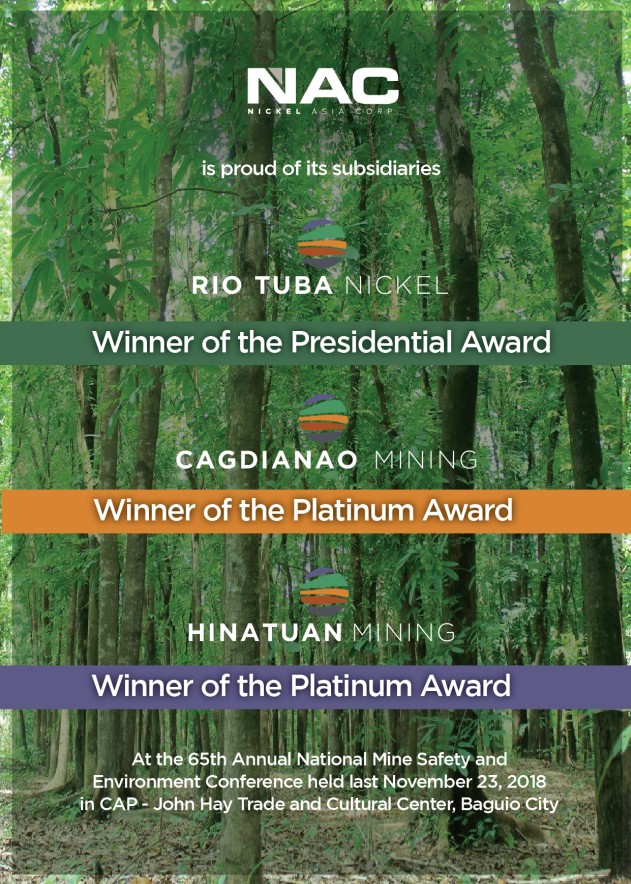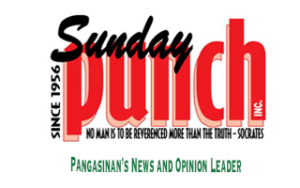The persistence of memory
 By Virginia Jasmin Pasalo
By Virginia Jasmin Pasalo
I’M in Pozorrubio with the sound of the crickets. Or is it just the ringing in my ears? I think of you, inside a car, driving to the north, cellphone in hand. I also see my sister Lydia in a yellow flowing dress, with a big sword in her hand, waiting for a certain “Ramon Toral” who stole her documents. And me, I see me, still listening to the crickets whose voices were slowly being dragged away by the wind until all I can hear is the chirping of one lone bird. My sister Emma was telling me, “I can smell burnt rice, I’m going down to check, wake up, you’re snoring like a dragon.”
I woke up, but maybe I was already half-awake, because I can smell the burnt rice from the kitchen downstairs, and the crickets are back, blending with the sounds in my ears. This is the first time in a long time that the memories are crossing paths in no particular order, streaming smoothly with the reality of the moment, like they belonged there, in their elements and natural order.
Which brings me to my discomfort as a commuter. Since most of the buses anticipated to pass through the widened road prefer to use the TPLEX, there are less buses plying Baguio to Metro Manila passing through Pozorrubio and the other towns, defeating the purpose for which it was originally justified. Bus schedules used to be regular, like clockwork. Now, passengers wait very long to get a ride, standing on the extended portion of the highway that used to be a shoulder for pedestrians to wait for their rides. There’s practically no space to stand on. I go to Dagupan to get a ride to Cubao, instead of risking getting swiped by speeding cars, as some have already experienced.
My sister Emma has given up driving to Pozorrubio because she can’t enter the gate fast enough to avoid getting hit from behind by another car, speeding on the extended portion of the highway, where she used to park.
This is the reality of our lives. It persists with the memories of a highway where people can walk and pick sampaguitas (jasmines) leisurely at dawn, along with horses herded to where they could feed on green grass. It persists with the memory of very old narra and acacia trees felled to avoid the return of the allocated budget back to the National Treasury. It persists like a discordant footnote to a recurring national malady.






